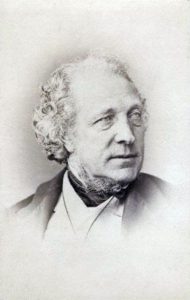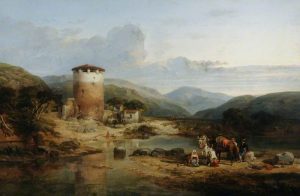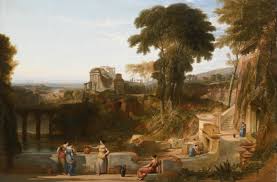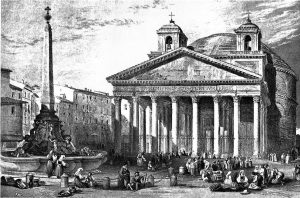William Leighton Leitch (2 Nov 1804 – 25 April 1883) was a Scottish landscape watercolor painter and illustrator.
Early Life Of Leighton
Leitch was born in Glasgow. Leitch gradually inclined towards art, since his father wanted him to take up the profession of a lawyer, he used to practice drawing hiding from his father especially during the night.

After completing his general education, he started working in a lawyer’s office but soon started pursuing his love for drawing by becoming an apprentice to a house-painter and decorator.
William Leighton Leitch facts
In 1824 he professionally started his career as a scene-painter at the Theatre Royal, Glasgow. He continued to work in the theatre at Glasgow and soon moved to London, where he was employed as a scene-painter at the Queen’s Theatre. Leitch died in April 1883 at his home in St. John’s Wood.
Career Of Leighton Leitch

He was introduced to Queen Victoria by Lady Canning and became the drawing master to her majesty and the royal family for 22 years. The Princess of Wales was his last pupil.
The Royal Academy exhibited his paintings between 1841 and 1861, and in 1862 was elected a member of the Institute of Painters in Watercolours (RI). He served as the society’s vice-president for 20 years.
Works and Style Of Work Leighton Leitch
Leitch developed his mastery in watercolors. He profoundly studied nature and was very much inspired by Turner.

His works are a beautiful amalgamation of pure color and creative composition. Like Turner, he showed brilliant effects of atmosphere and painted beautiful natural colors of the sky.
Some of his famous works are :
Giovanni Lorenzo, Vatican,1835
The Pantheon of Rome,1835

The square of the Fountain, Adrianople,1839
Peel Castle 1835
More Info On- Maria Branwell, Emily Bronte, and her Writing Style, Emily Bronte Biography, Patrick Branwell Bronte